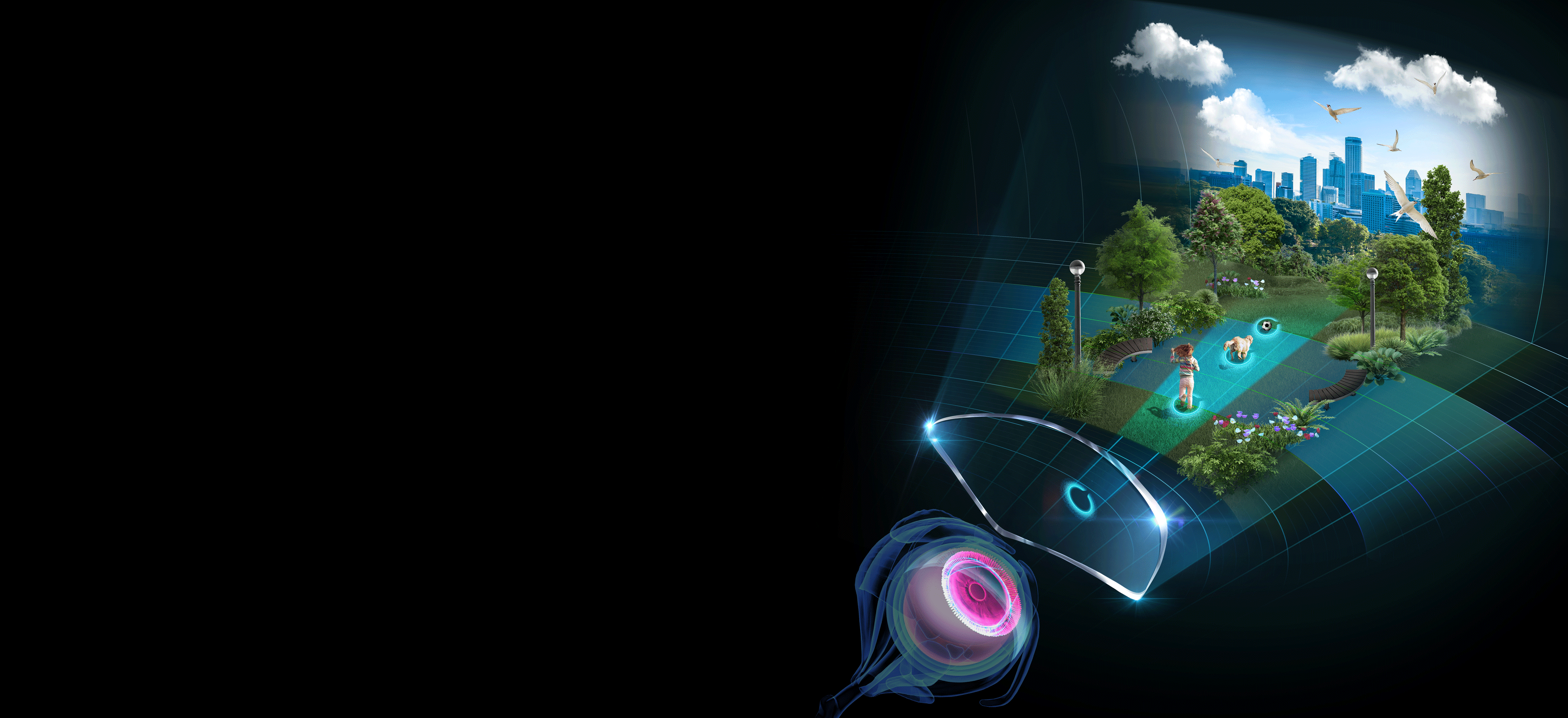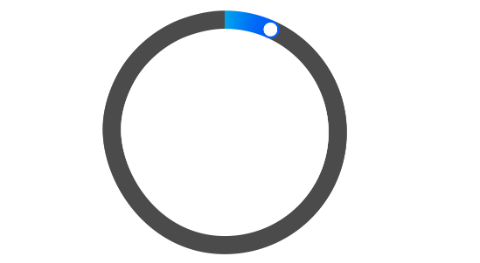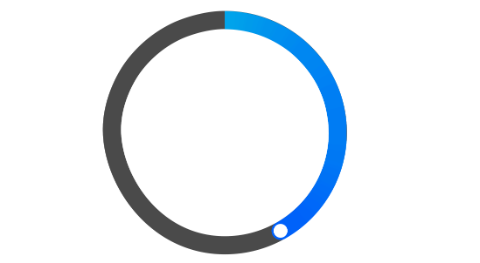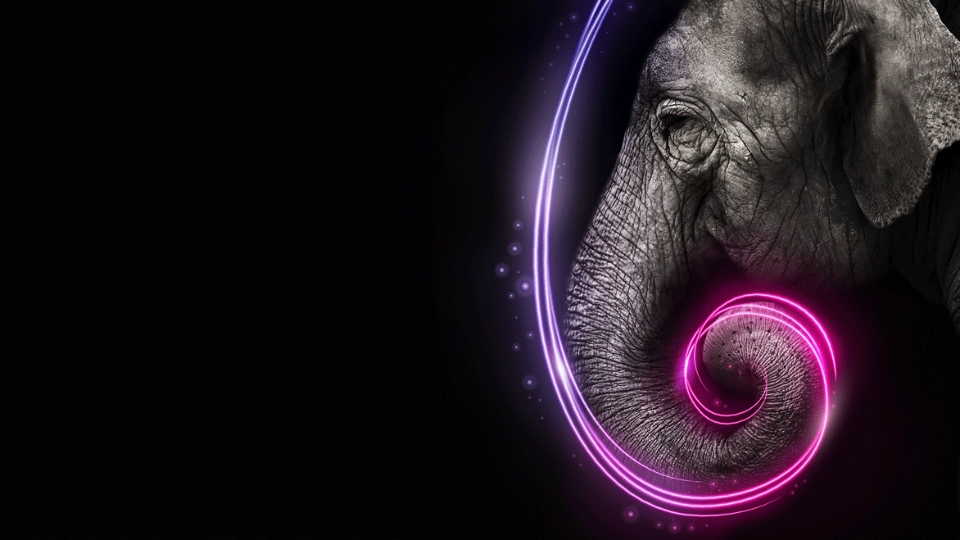
IOT Digital Ray-Path 2
IOT Digital Ray-Path 2 is IOT’s foundational technology for minimizing oblique aberrations in personalized and compensated free-form lenses.

Oblique aberrations, found in any lens, include astigmatic and spherical power errors. These errors create an out-of-focus image as the wearer’s gaze moves away from the optical center of the lens. Eliminating them completely is not mathematically possible. Some residual power error remains, causing a slight blur.

The relationship between eye accommodation, the accommodative object space, and compensated power has long been understood. Until now, lens calculation technology has not been sophisticated enough to create free-form digital lenses that take full advantage of this knowledge.
Accommodation is the wearer’s natural ability to focus on different distances, without moving their eyes or head, by stimulating or relaxing the lens within the eye. IOT Digital Ray-Path 2 incorporates this factor into each individual lens calculation. IOT Digital Ray-Path 2 also considers the accommodative object space, the volume defined by the points within the clear visual range, for each direction of gaze.
IOT Digital Ray-Path 2 mathematical methods take advantage of the natural ability of the visual system to compensate for a portion of the spherical component of oblique aberration.
IOT Digital Ray-Path 2 considers small power adjustments wearers can naturally make at each fixation point. Oblique aberrations are minimized, in a more effective way, offering wearers impeccable visual quality.
First, it creates a simulation of the complete system that includes the eye and considers all available information on the wearer, frame, and lens blank.
Next, it incorporates the wearer’s natural ability to accommodate including the accommodative object space, the visual range associated with each direction of gaze.
Finally, it analyzes and minimizes oblique aberrations at various distances and for each direction of gaze over the entire accommodative object space. The result: extremely clear vision and precise focus.

Lens personalization


11% of gaze directions are now optimized* taking into account the wearer´s accommodation capacity.

43% of gaze directions are now optimized* taking into account the wearer´s accommodation capacity.

99.5% of gaze directions are now optimized* taking into account the wearer´s accommodation capacity.
Theoretical study carried out on a single vision lens.
[+3.00 +1.00 × 45°], 6 D base, index 1.5.
* Blur <0.18 D.
Benefits

The design is further enhanced, when desired, by a complete set of individualization parameters that take into consideration the unique attributes of the frame and the preferences of the wearer. If no parameters are provided, IOT Digital Ray-Path 2 will utilize default values.
Lens power differs from prescribed power. The design is calculated, point by point, to ensure wearers perceive the proper power when looking through their lenses at every distance and direction of gaze, including near distances for viewing electronic devices.
IOT Digital Ray-Path 2 incorporates the intelligent use of the wearer’s accommodation into the traditional calculations for reducing oblique aberrations, resulting in a superior personalized lens. Oblique aberrations are minimized more effectively than ever before.
The perceived power distribution remains stable, regardless of the prescription or base curve. This is especially beneficial for high prescriptions and large or wrapped frames.

Personalized free-form progressive lens. Designed with the most revolutionary IOT technologies.

Personalized free-form progressive lens with an advanced design. Provides impeccable visual quality.

Personalized free-form lens for maximum performance in intermediate and near zones.

Personalized free-form progressive lens, ideal for distance and mid-range tasks like driving.

Personalized free-form progressive lens for maximum performance during outdoor activities.

Personalized free-form progressive lens with a innovative design that incorporates two zones for near vision.

Personalized Free-form round segment bifocal lens. Expands material and treatment options for wearers.

Personalized free-form single vision lens. Advanced design provides unparalleled visual quality.

Personalized anti-fatigue free-form single vision lens with an advanced design.

Personalized Free-form single vision. Includes a night vision zone.

By combining complex curvatures on both lens surfaces, this technology provides excellent vision correction. It is specially designed to increase reading zones and improve peripheral vision.

This methodology, patented by IOT, is a technological breakthrough in digital lenses. It provides a strict control of average power in the far distance vision zone and virtually eliminates peripheral spherical power error.

Steady Plus allows for more sophisticated control of the medium power distribution to improve performance for midrange and near vision. to achieve a perfectly symmetrical and smooth power distribution.